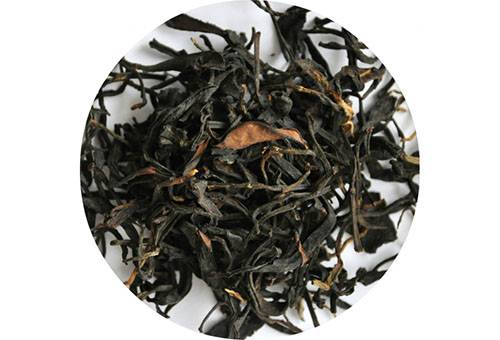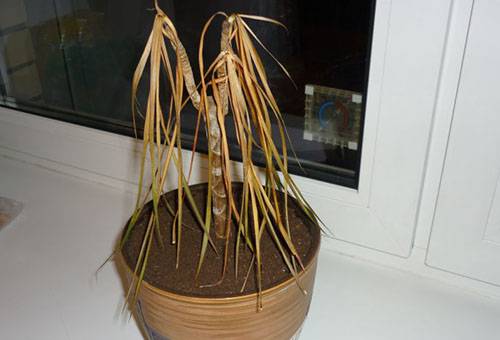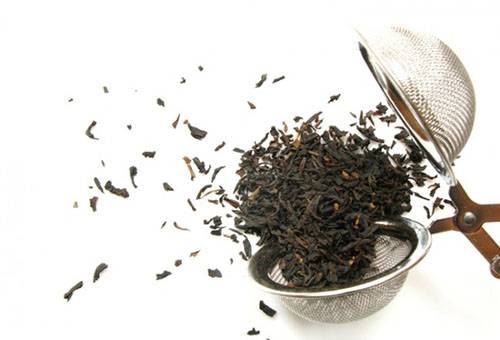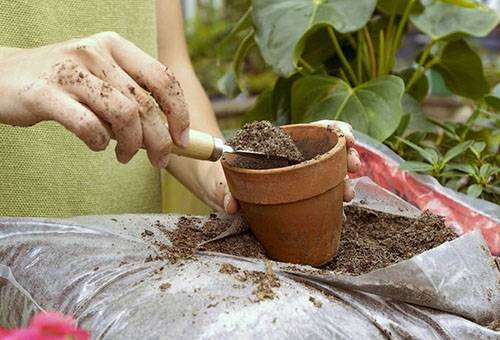Is it possible to regularly water indoor flowers with tea and why is this necessary?
Beginning gardeners often face the question: is it possible to water indoor flowers with tea, and if so, then sweet tea or without sugar? Heated discussions on this topic flare up on gardening forums: supporters of watering and mulching the soil with tea leaves versus those who believe that plants can do just fine without this fertilizing.

What benefits can be found in pouring sleeping tea?
If you conduct a chemical analysis of tea, you can find mineral and organic substances in the drink, as well as tannins that acidify the soil. Not all indoor plants need such acidification. We can definitely say that ferns that suffer from the action of carbonate salts of soil and water, and cacti that love hard water and the tannins it contains, respond well to it.
Other indoor plants react rather restrainedly to watering with tea leaves. At least, there is no reliable experimental data that would prove the obvious benefits of such fertilizer. There is an opinion that regularly mulching the soil with tea residues helps retain moisture in it, and if you apply tea leaves under indoor flowers and lightly dig it in a flower pot, the plants will receive fertilizer with an extended period of validity.
Disadvantages of the method
Opponents of such irrigation have a large number of arguments against the arguments of the other side. They deserve to be looked at in more detail.
- Modern floriculture has a sufficient selection of fertilizing and fertilizers, universal and specialized soils, adapted to the needs of all types of plants. It is possible to calculate the optimal level of nutrition that flowers require without adding additives of questionable composition.
- Flavored tea with additives can lead to sad consequences for flowers: rotting of roots, imbalance of soil nutrients.
- Watering tea leaves with added sugar leads to the appearance of fungus gnats, black midges and other pests in the pot, which are not easy to get rid of.
- When using moldy tea, you can introduce bacteria and mold fungi into the soil and cause soil contamination.
- For home greenhouse specimens that prefer acidic soil, such watering can only be harmful.
Advice
Soil acidification can be determined by such signs as a greenish coating on the soil that has an unpleasant odor, rotting of inflorescences and leaves, and mold on plant petioles.
These arguments will make supporters of “grandmother’s” methods think.
How to properly use tea leaves for watering and fertilizing?
This option may be acceptable for supporters of organic floriculture, since natural remedies have recently become widespread.
Advice
You can use any tea for watering: black, green, herbal. The main thing is that it does not contain additives or flavorings of synthetic origin.
How to properly water plants with tea infusion?
- Make sure your flowers need soil acidification. You can do a simple soil analysis using litmus paper.
- There is no need to constantly pour this fertilizer under the flowers, a few times a month is enough - time its application with the next watering.
- Do not water plants with tea with added sugar, or with sour or moldy solution.
- You can use a fresh, weak and unsweetened solution at room temperature.
Advice
If, in addition to watering, tea leaves are also poured under the flowers, its amount must be strictly dosed, mixing with the top layer of soil. This method will help retain moisture, which will allow you to water the plant less often.
Some more ways to use tea leaves
The availability of this material provides impetus for use in other ways.
- A large amount of waste from tea parties can be turned into a drainage layer when planting the plant in a new pot. To do this, the dried tea leaves are laid out on a layer of expanded clay, sprinkled with soil and a flower is planted. As its roots reach the lower layer of soil, part of the tea leaves will already rot and serve as organic fertilizer.
- Instead of a drainage layer, the dried tea leaves are mixed with flower soil when transplanting the plant into another pot. This additive is acceptable if the soil is dense, then it acts as a loosening agent.
So, if you use dried tea for watering, then you need to do it according to all the rules, do not use additives, flavorings, or moldy raw materials. This method is used for plants that prefer acidic soil and hard water with tannins. Such watering is not carried out frequently; the soil under indoor flowers is regularly loosened and the condition of the plants is monitored. When midges and other insects appear, you need to treat the soil and reduce watering.


